In the recorded history India's earliest direct contact with Japan was with the Todai-ji Temple in
Nara, where the consecration or eye-opening of the towering statue of Lord Buddha was
performed by an Indian monk, Bodhisena, in 752 AD.
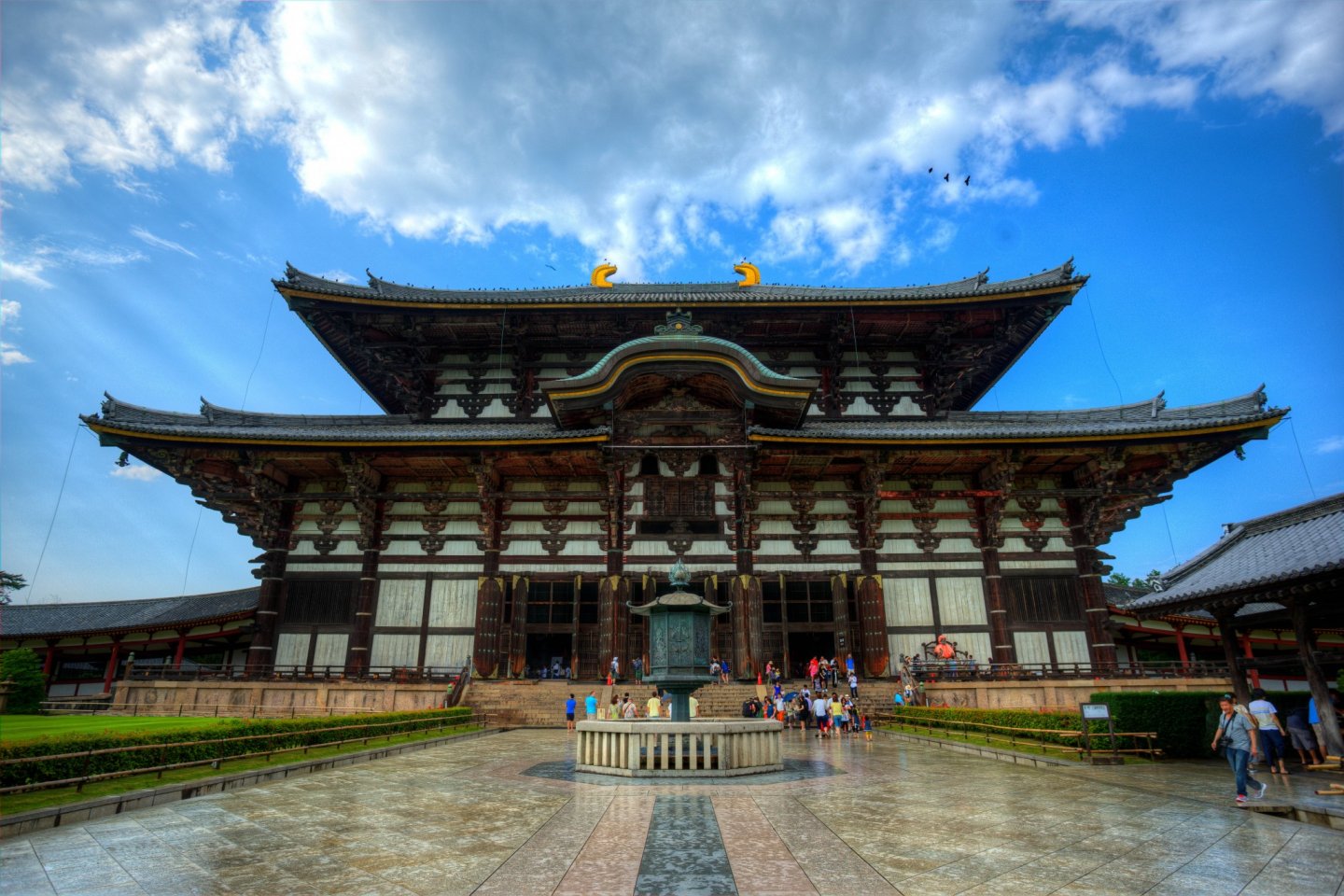
On 15 August 1947, Japan was among the first nations to recognize Indian sovereignty after its independence from the United Kingdom. A relatively well-known result of the two nations' was in 1949, when India sent the Tokyo Zoo two elephants to cheer the spirits of the defeated Japanese empire.
India refused to attend the San Francisco Peace Conference in 1951 due to its concerns over
limitations imposed upon Japanese sovereignty and national independence.After the restoration of Japan's sovereignty, Japan and India signed a peace treaty, establishing official diplomatic relations on 28 April 1952, in which India waived all reparation claims against Japan. This treaty was one of the first treaties Japan signed after World War II.Diplomatic, trade, economic, and technical relations between India and Japan were well established. India's iron ore helped Japan's
recovery from World War II devastation, and following Japanese Prime Minister Nobusuke Kishi's visit to India in 1957, Japan started providing yen loans to India in 1958, as the first yen loan aid extended by the Japanese government.

In India, there was great admiration for Japan's post-war economic reconstruction and subsequent rapid growth.Relations between the two nations were constrained, however, by Cold War politics. Japan, as a result of World War II reconstruction, was a U.S. ally, whereas India pursued a non-aligned foreign policy, often leaning towards the Soviet Union. Since the 1980s, however, efforts were made to strengthen bilateral ties.
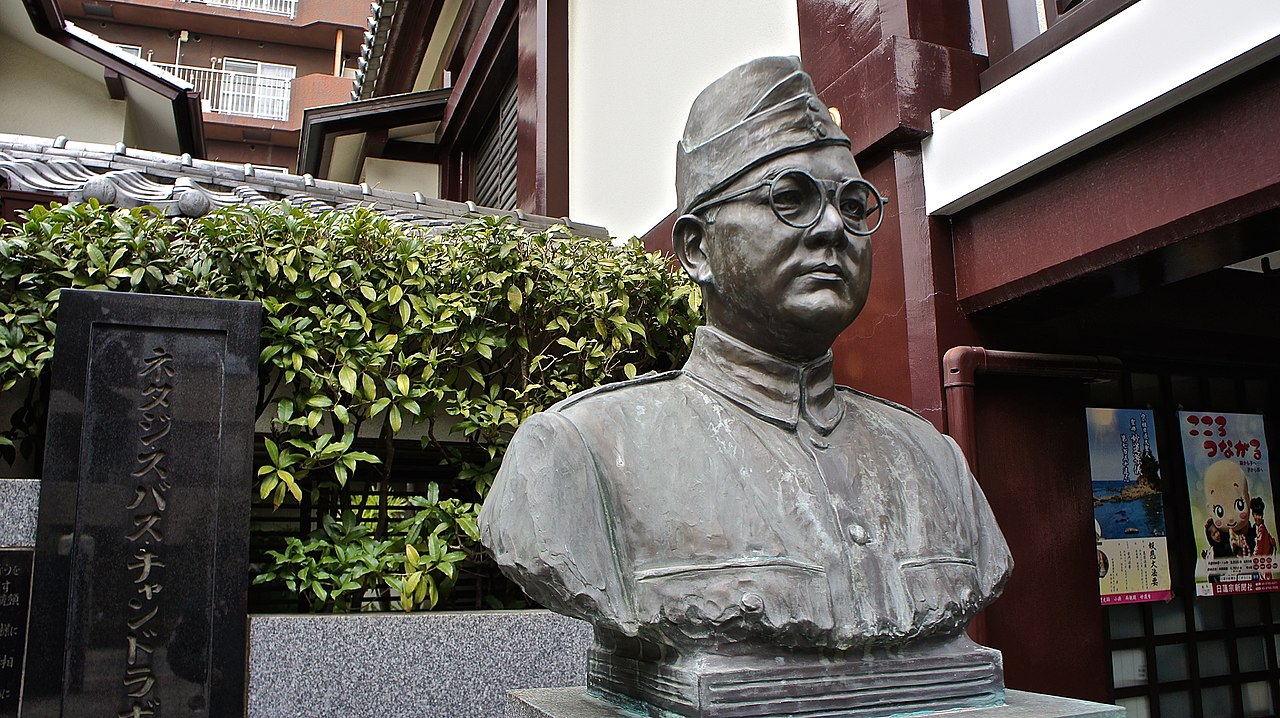 India's 'Look East' policy posited Japan as a key partner.Since 1986, Japan has become India's largest aid donor, and remains so.
India's 'Look East' policy posited Japan as a key partner.Since 1986, Japan has become India's largest aid donor, and remains so.
Relations between the two nations reached a brief low in 1998 as a result of Pokhran-II, an Indian nuclear weapons test that year. Japan imposed sanctions on India following the test, which included the suspension of all political exchanges and the cutting of economic assistance. These sanctions were lifted three years later. Relations improved exponentially following this period, as bilateral ties between the two nations improved once again,to the point where the Japanese prime minister, Shinzo Abe was to be the chief guest at India's 2014 Republic Day parade.
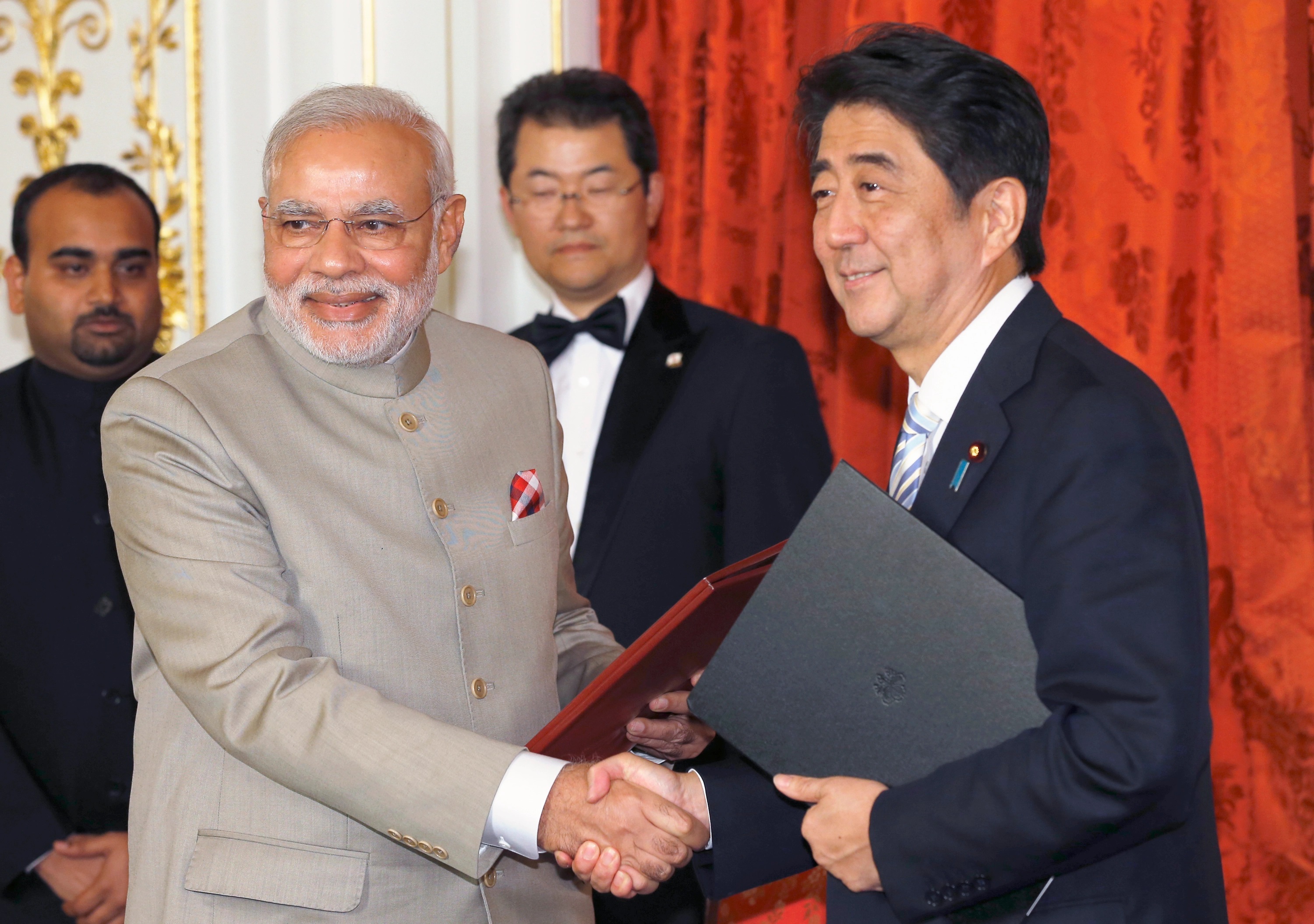 A memorial to Subhas Chandra Bose in the Renkōji Temple, Tokyo. Bose's ashes are stored in the temple in a golden pagoda.
A memorial to Subhas Chandra Bose in the Renkōji Temple, Tokyo. Bose's ashes are stored in the temple in a golden pagoda.
In 2014, the Indian PM NarendraModi visited Japan. During his tenure as the Chief Minister of Gujarat, Modi had maintained good ties with the Japanese PM Shinzo Abe. His 2014 visit further including the establishment of a "Special Strategic Global Partnership". Modi visited Japan for the second time as Prime Minister in November 2016. During the meeting, India and Japan signed the "Agreement for Cooperation in Peaceful Uses of Nuclear Energy", a landmark civil nuclear agreement, under which Japan will supply nuclear reactors, fuel, and the only non-signatory to receive an exemption from Japan.The two sides also signed agreements on manufacturing skill development in India, cooperation in space, earth sciences, agriculture, forestry and fisheries, transport and urban development.
In August 2000, the Japanese Prime Minister visited India. At this meeting, Japan and India agreed
to establish a "Japan-India Global Partnership in the 21st Century." Indian Prime Minister Vajpayee
visited Japan in December 2001, where both Prime Ministers issued the "Japan-India Joint Declaration." In April 2005, Japanese Prime Minister Koizumi visited India and signed Joint
Statement "Japan-India Partnership in the New Asian Era: Strategic Orientation of Japan-India Global Partnership.

Japan is the 3rd largest investor in the Indian economy with cumulative FDI inflows of $30.27 bn during 2000-2019, contributing 7.2% to India's total FDI inflows during the same period. The imports to India from Japan stood at $12.77 bn in 2018-19, making it India's 14th largest import partner.
In October 2008, Japan signed an agreement with India under which it would provide the latter a low-interest loan worth US$4.5 billion to construct a railway project between Delhi and Mumbai. This is the single largest overseas project being financed by Japan and reflected a growing economic partnership between the two nations.
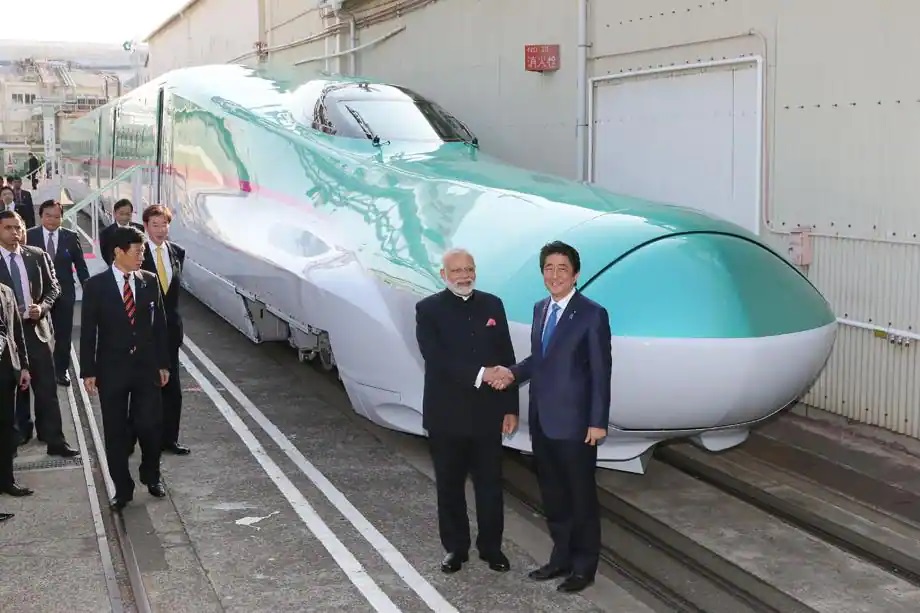 India is also one of the only three countries in the world with whom Japan has a security pact. As of March 2006, Japan was the third-largest investor
in India
India is also one of the only three countries in the world with whom Japan has a security pact. As of March 2006, Japan was the third-largest investor
in India
Kenichi Yoshida, a director of Softbridge Solutions Japan, stated in late 2009 that Indian engineers were becoming the backbone of Japan's IT industry and that "it is important for Japanese industry to work together with India". Under the memorandum, any Japanese coming to India for business or work will be straightway granted a three-year visa and similar procedures will be followed by Japan. Other highlights of this visit include the abolition of customs duties on 94 percent of trade between the two nations over the next decade. As per the Agreement, tariffs will be removed on almost 90 percent of Japan's exports to India and 97 percent of India's exports to Japan Trade between the two nations has also steadily been growing.
India and Japan signed an agreement in December 2015 to build a bullet train line between Mumbai and Ahmedabad using Japan's Shinkansen technology,with a loan from Japan of £12bn. More than four-fifths of the project's $19bn (£14.4bn) cost will be funded by a 0.1% interest-rate loan from Japan as part of a deepening economic relationship
Japan Maritime Self-Defence Force and Indian Navy warships took part in the Malabar 2007 naval exercises off India's western coast, one of the many such multilateral exercises Japan has taken
part in symbolizing close military co-operation between India and Japan.Indian Defence Minister calling on the Japanese Defence Minister Takeshi lwaya in Tokyo in September 2019
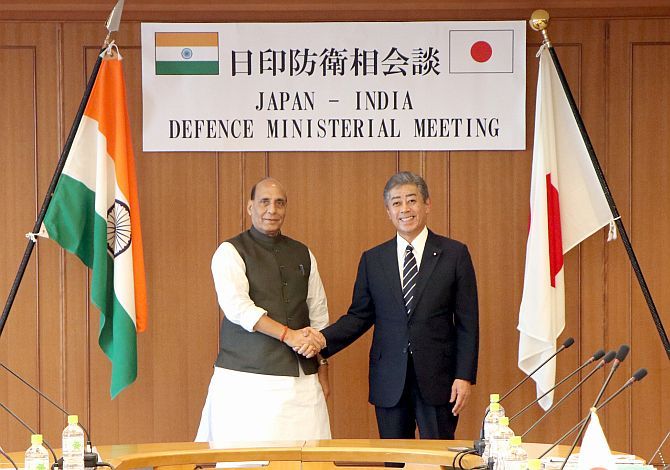
India and Japan also have close military ties. They have shared interests in maintaining the security of sea-lanes in the Asia-Pacific and Indian Ocean, and in co-operation for fighting international crime, terrorism, piracy and proliferation of weapons of mass destruction.
The two nations have frequently held joint military exercises and co-operate on technology. India and Japan concluded a security pact on 22 October 2008.
Japanese Prime Minister Shinzo Abe is seen by some to be an "Indophile" and, with rising tensions in territorial disputes with Japan's neighbours, has advocated closer security cooperation with India.
In July 2014, the Indian Navy participated in Exercise Malabar with the Japanese and US navies, reflecting shared perspectives on Indo-Pacific maritime security.
Indian PM Narendra Modi in a music class at the Taimei Elementary School, Tokyo Japan and India have strong cultural ties, based mainly on Japanese Buddhism, which remains
widely practiced through Japan even today. The two nations announced 2007, the 50th anniversary year of the Indo-Japan Cultural Agreement, as the Indo-Japan Friendship and
Tourism-Promotion Year, holding cultural events in both the countries.One such cultural event is the annual Namaste India Festival, which started in Japan over twenty years ago At the 2016 festival, representatives from Onagawa town performed, as a sign of appreciation for the support the town received from the Indian
Government during the Great East Japan Earthquake. The Indian National Disaster Response Force (NDRF) team had been dispatched in Onagawa for its first overseas mission and conducted search
and rescue operations for missing people.
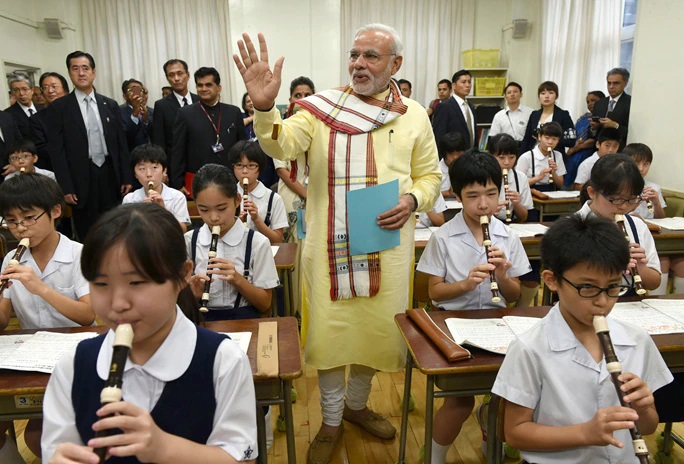
Osamu Tezuka wrote a biographical manga Buddha from 1972 to 1983. On 10 April 2006, a Japanese delegation proposed to raise funds and provide other support for rebuilding the world-famous ancient Nalanda University, an ancient Buddhist centre of learning in Bihar, into a major international institution of education.
India and Japan also have a strong relationship through Japanese anime. There are many Japanese anime which are aired in India which is dubbed in Hindi language and is also very popular. In February 2005, Doraemon became the 1st anime to be introduced in India which is also aired presently in Disney Channel and Hungama TV. And also Doraemon is considered as most popular Kids show as well as Best in India. More than 30 Hindi Dubbed movies are telecasted till the Date of the Doraemon Series, making it the most number of Movies from a particular Anime series to be Aired in India. Other Popular anime in India include Pokemon Series, Crayon Shin-Chan, Dragon Ball, Ninja Hattori, etc. Also many Anime movies are released in Indian theatres.
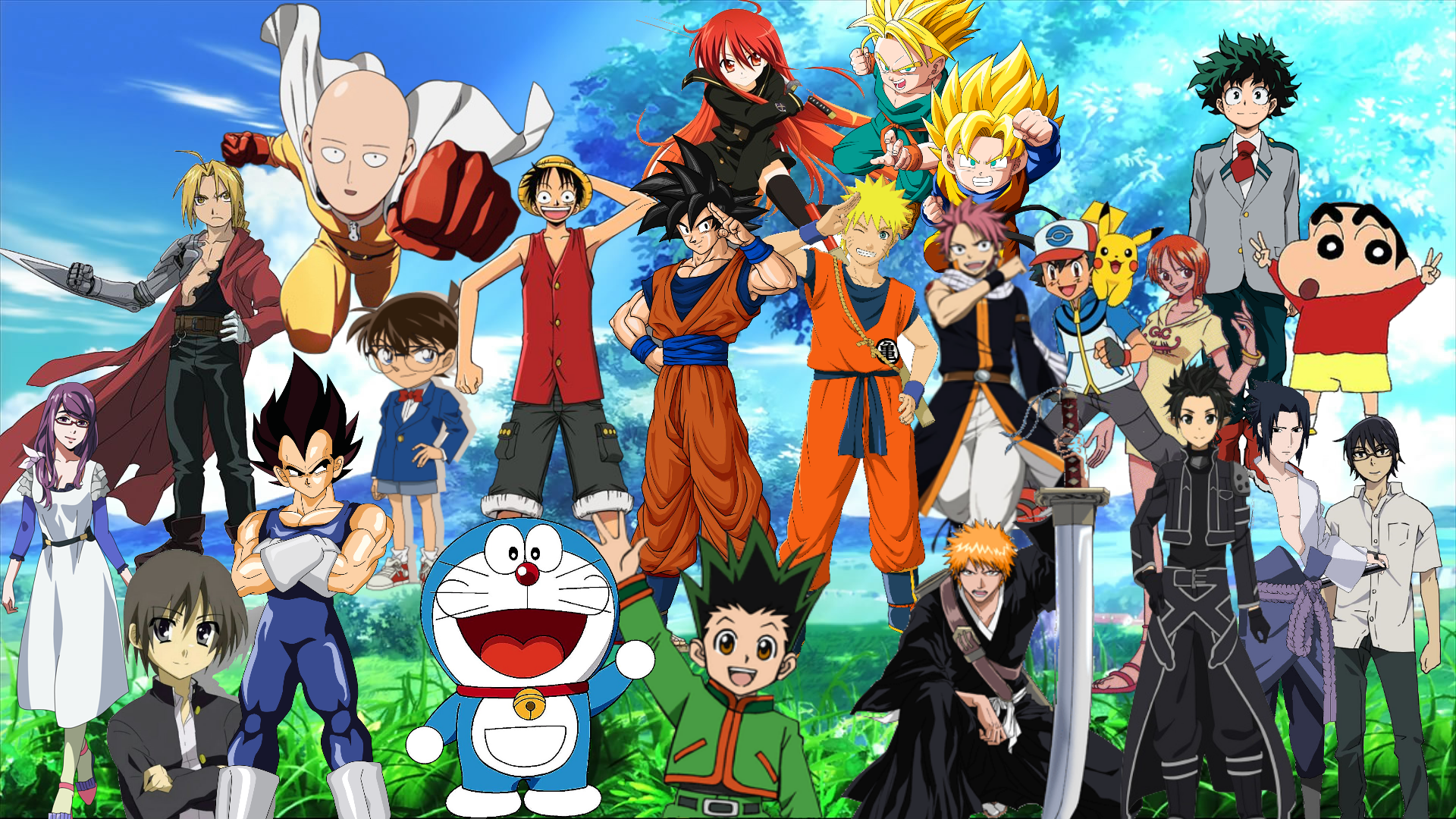
Tamil movies are very popular in Japan and Rajnikanth is the most popular Indian star in this country.Bollywood has become more popular among the Japanese people in recent decades,and the Indian yogi and pacifistDhalsim is one of the most popular characters in the Japanese video game series Street Fighter.
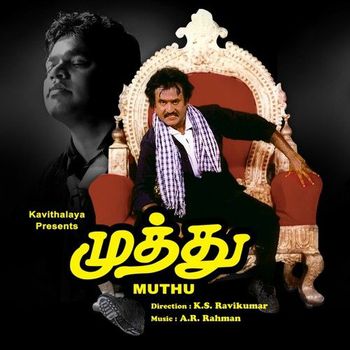
Starting 3 July 2014, Japan has been issuing multiple entry visas for the short term stay of Indian nationals.